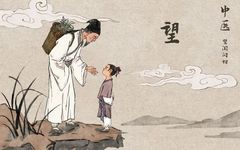In Traditional Chinese Medicine (TCM) clinics, it is common to see patients who, upon entering and sitting down, immediately extend their arms and say, “Doctor, please take my pulse and see what illness I have.”
Is TCM diagnosis solely reliant on pulse-taking? Not at all. TCM emphasizes the “Four Diagnostic Methods,” of which pulse diagnosis is just one. Relying solely on pulse diagnosis is far from sufficient in TCM clinical practice. Below, we will detail the four diagnostic methods of TCM.
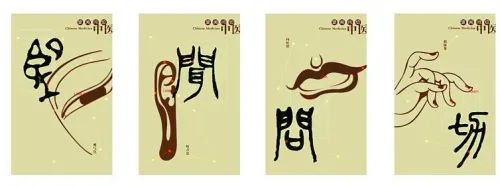
The so-called Four Diagnostic Methods of TCM refer to Wang (Observation), Wen (Listening), Wen (Inquiry), and Qie (Palpation). These methods were proposed by the ancient Chinese physician Bian Que based on the experiences of his predecessors. At that time, Bian Que referred to them as “observing color, listening to sounds, writing images, and taking pulses.” The earliest existing theoretical work on TCM, the Huangdi Neijing (Yellow Emperor’s Inner Canon), states: “What are the diagnostic methods… observe the pulse’s movement and stillness, examine the five colors, observe the excesses and deficiencies of the five organs, the strengths and weaknesses of the six bowels, and assess the state of the body to determine life and death.” This shows that diagnostic methods are a comprehensive approach to examining the human body to assess health and disease states. The Four Diagnostic Methods of TCM have been used to this day and are an important basis for diagnosing diseases and formulating treatment plans.
Wang (Observation)
Observation, as the name suggests, involves using the eyes to see, including observing the body shape, mental state, complexion, tongue, and excretions, to understand the patient’s condition.Long-term practice in TCM has proven that there is a close relationship between the external body and the internal organs, especially the face and tongue. Therefore, through external observation, one can understand the overall pathological changes, as stated in the Huangdi Neijing: “By observing the external, one can know the internal, thus understanding the illness.”Observation of the whole body includes four aspects: observing spirit, color, shape, and state. Observation of local conditions includes observing the head and face, five senses, neck, body, limbs, and skin.Observation of the tongue includes examining the tongue’s quality and coating, while observation of excretions includes examining secretions, vomit, and excretions.Additionally, pediatrics has a specialized diagnostic method, which is to observe the child’s index finger pulse.
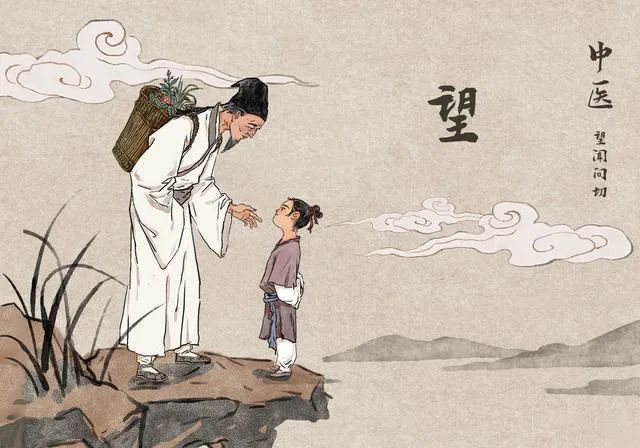
For example, in observing color, if a patient walks into the clinic and the TCM doctor sees that their complexion is yellow and dull, it indicates that the patient may have a deficiency of the spleen, leading to insufficient qi and blood. Similarly, in tongue observation, different individuals have different tongues; if the tongue coating is yellow and thick with peeling, it is evident that the patient has an excess of damp-heat and also a deficiency of stomach yin.
Wen (Listening)
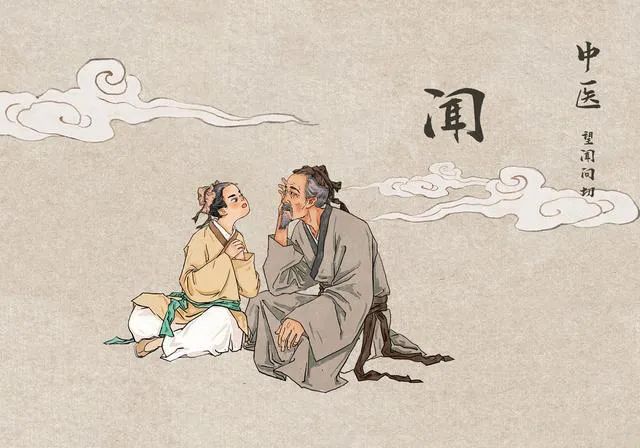
Listening involves hearing sounds and smelling odors to understand health status and diagnose diseases. Hearing sounds refers to examining the patient’s breathing, coughing, vomiting, sneezing, bowel sounds, and other noises. Smelling odors refers to detecting various smells emitted from the patient’s body, secretions, and excretions. The various sounds and odors of the body reflect the physiological activities and pathological changes of the internal organs, indicating their physiological and pathological states. For instance, if a patient has a heavy, muffled cough, it often indicates a condition of excess, caused by cold phlegm and dampness accumulating in the lungs, leading to a failure of the lungs to disperse and descend. Additionally, if one enters a ward and smells a rotten apple-like odor, it is often seen in severe cases of diabetes.
Wen (Inquiry)
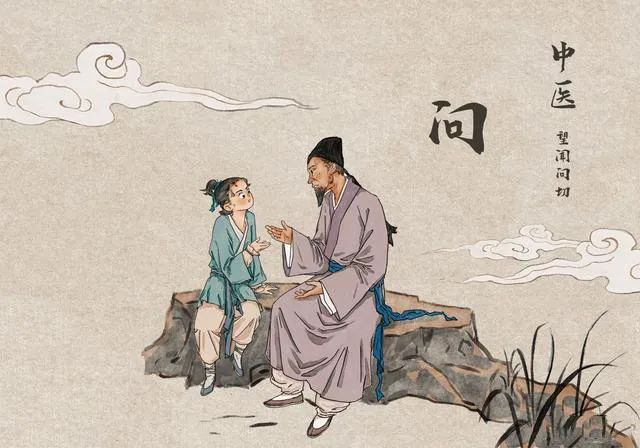
Inquiry is a clinical information-gathering method involving direct verbal communication between the doctor and the patient. It plays a crucial role in the diagnostic process. Many aspects of the disease, such as medical history and family history, can only be obtained through inquiry. Understanding these aspects provides reliable evidence for the doctor to analyze the condition, determine the location of the disease, and grasp its nature, thus facilitating accurate diagnosis and treatment. Especially when the patient has not yet exhibited objective signs and only has subjective symptoms, it is through inquiry that the doctor can grasp clues to the disease and make a diagnosis. The TCM “Ten Questions Song” summarizes the content that needs to be inquired about in great detail, and it is one of the essential songs that every TCM practitioner must know.
Qie (Palpation)
Palpation means to touch, approach, and press.Palpation involves the doctor using their fingers or palms to touch, feel, press, and apply pressure to certain areas of the patient to understand their condition and diagnose diseases.As one of the Four Diagnostic Methods of TCM, palpation plays a very important role in obtaining health and disease information from the patient and gathering important diagnostic data.Palpation includes pressing and pulse diagnosis.
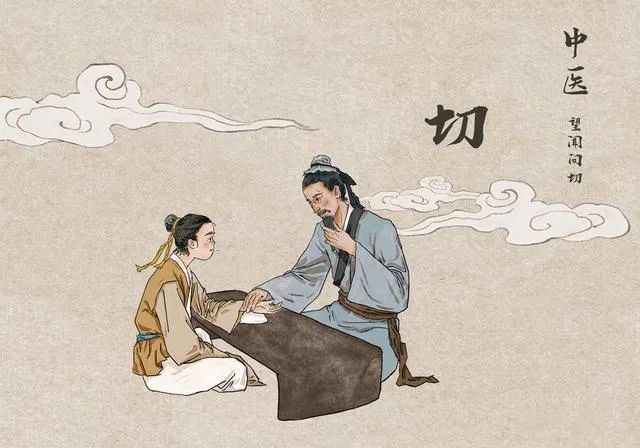
Pressing refers to the doctor examining the patient with their hands to determine whether the body parts are cold or hot, moist or dry, soft or hard, and whether there is tenderness, swelling, or other abnormal changes, thus inferring the location, nature, and severity of the disease.
Pulse diagnosis, commonly referred to as taking the pulse, involves the doctor using their fingers to press on certain superficial arteries of the patient to feel the pulse’s characteristics and understand the body’s condition. TCM believes that the blood vessels connect the entire body, linking the internal organs and the exterior. The heart governs the blood vessels, and the heart’s yang energy promotes the circulation of qi and blood in the vessels. Therefore, the pulse reflects comprehensive information about the functions of the internal organs, qi and blood, and yin and yang. There are many historical methods for pulse diagnosis, with three being the most widely used: the three positions and nine pulses method, the three positions method, and the cun-kou method. Currently, the most commonly used in clinical practice is the third method. Pulse diagnosis has been emphasized by many generations of TCM practitioners in long-term medical practice, and its theory and application have continuously developed and improved, forming one of the most distinctive diagnostic methods in TCM.
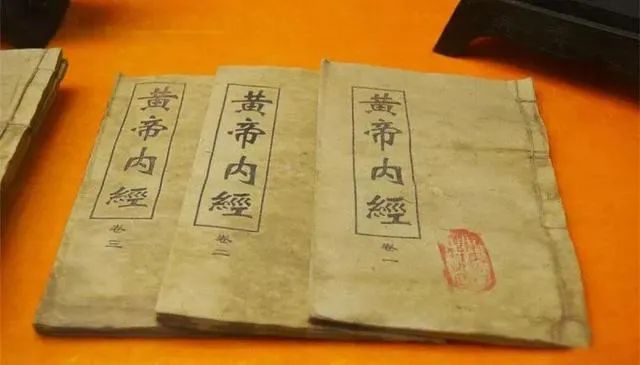
Wang, Wen, Wen, and Qie are the four methods of investigation and understanding diseases in TCM, each with its unique role and cannot replace one another. Diseases are complex processes, and their clinical manifestations can vary in many aspects. If only one diagnostic method is used, it may lead to incomplete diagnostic information, which in turn affects treatment decisions. Moreover, the Four Diagnostic Methods of TCM have a mutual reference, complementing, and verifying role. To fully understand the condition and ensure the accuracy and comprehensiveness of clinical data, all diagnostic methods must be organically combined: observation includes listening, listening includes inquiry, and inquiry includes palpation; one cannot rely solely on one method to diagnose a disease. If a doctor is particularly fond of a single diagnostic method such as palpation or observation, or has research or expertise in it, it is certainly commendable. However, to rely on one method while neglecting the others, or to replace the four methods with one, is not acceptable. Only by achieving “Four Diagnostic Methods Combined” and comprehensively examining the patient’s condition can a correct diagnosis be made.

——Content sourced from the internet

